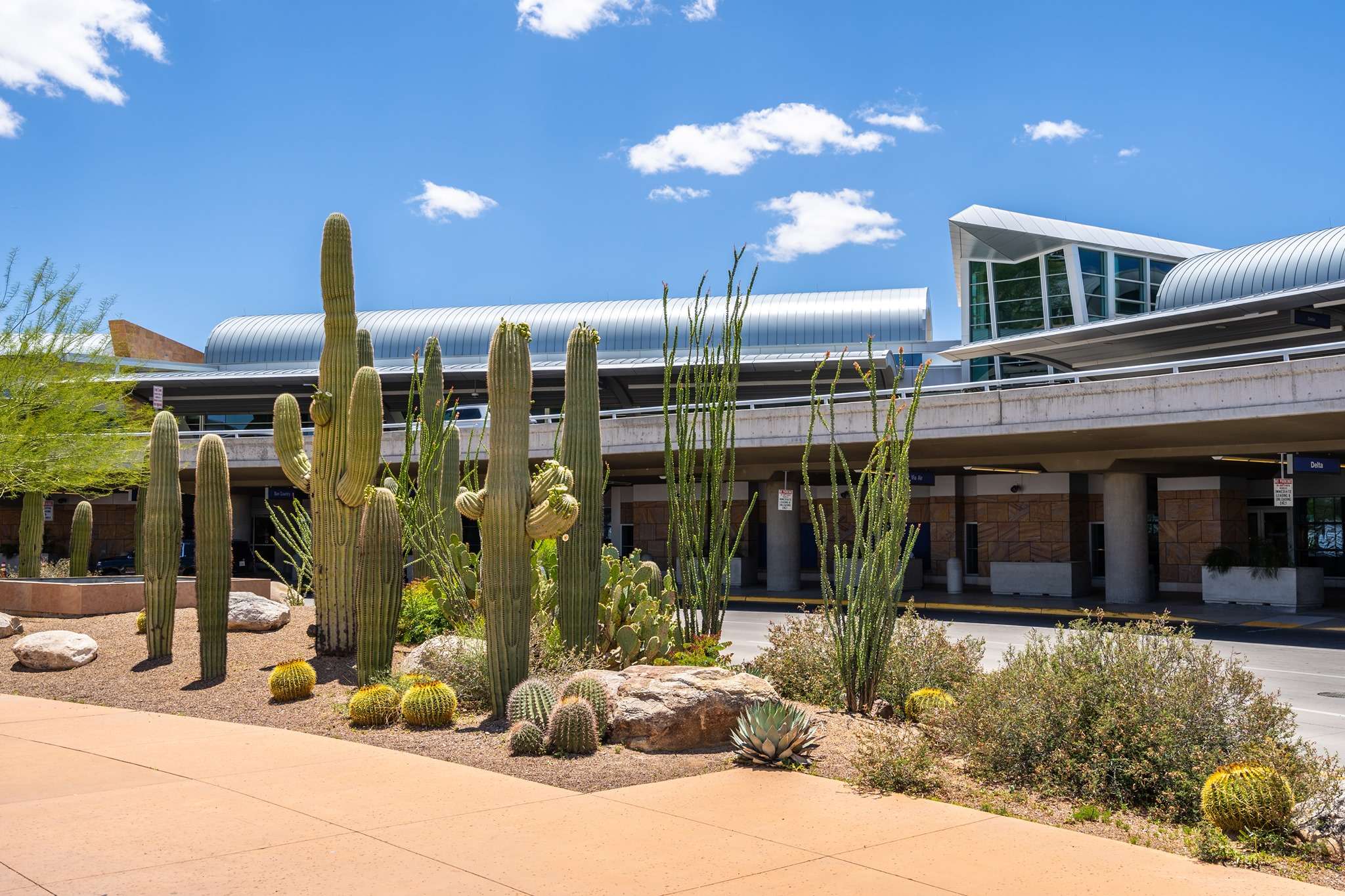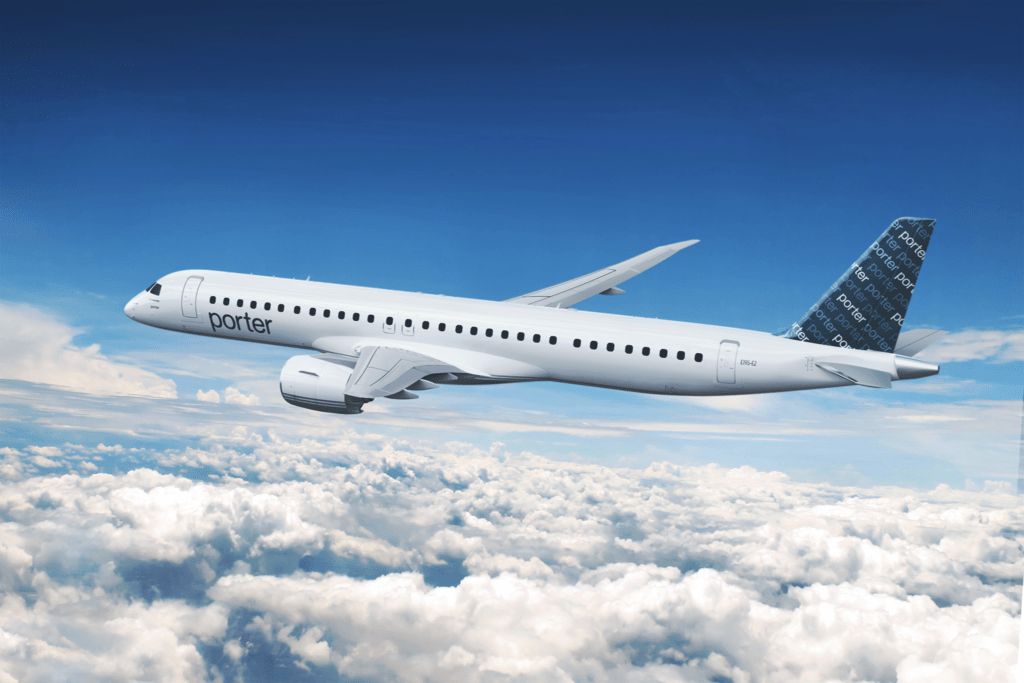Tucson International Airport (TUS) boasts a rich history that reflects the city’s growth and Arizona‘s emergence as a major aviation hub.
Its story begins not with grand terminals, but with a dusty field and a pioneering spirit.
Early Days: Pioneering Flight and the First Municipal Airport (1910-1927)
The first stirrings of aviation in Tucson came in 1910, with the city witnessing its inaugural airplane flight.
By 1919, Tucson took a bold step, becoming the first city in the United States to establish a municipally owned airport.
Located on the current site of the Tucson Rodeo Grounds, this humble airstrip served as a refueling stop for the fledgling Air Service.
However, as demand for air travel grew, the airport’s capacity quickly became insufficient.
A significant moment arrived in 1927 with the visit of Charles Lindbergh, a national hero following his transatlantic flight.
Lindbergh not only landed at the Tucson Municipal Airport but also dedicated a new and larger facility nearby.
This marked a turning point for aviation in Tucson, showcasing the city’s commitment to embracing the future of air travel.
The Age of Commerce: Arrival of Airlines and Airmail (1928-1941)
The late 1920s ushered in the era of commercial aviation.
In 1928, Standard Airlines (later American Airlines) touched down in Tucson, initiating the city’s first scheduled commercial flights.
This was followed by the establishment of regular airmail service in 1930, solidifying Tucson’s place on the national air travel map.
The 1930s witnessed continued growth at the airport. Amelia Earhart, another aviation pioneer, graced Tucson with her presence during this period.
However, with the looming threat of World War II, the airport’s role was about to undergo a significant shift.
World War II and the Rise of Davis-Monthan Airfield (1942-1948)
With the United States’ entry into World War II, the need for a larger and more secure training facility arose in Arizona.
In 1942, construction began on a new airfield 14 miles west of Tucson.
This facility, now known as Davis-Monthan Airfield, became a vital training ground for the U.S. Army Air Forces.
Meanwhile, the original Tucson Municipal Airport continued limited civilian operations.
The war also brought significant changes to the surrounding landscape.
The Ryan School of Aeronautics, fearing a coastal invasion, relocated its operations to Tucson.
Here, under clear blue skies, thousands of pilots were trained before deploying to fight for their country.
Post-War Transition and the Birth of Tucson International Airport (1948-1962)
Following the war, air travel demand soared.
Recognizing the potential, the Tucson Airport Authority was formed in 1948 to manage and develop the airport’s operations.
However, the original municipal airport remained limited in size and infrastructure.
The solution came in the form of Davis-Monthan Airfield.
With the conclusion of military training needs, the Tucson Airport Authority secured a lease for the facility in 1951.
This marked a pivotal moment – Tucson’s commercial aviation operations were about to move to a new Arizona home.
The official transition took place in 1962.
Tucson Municipal Airport relocated to its current location south of Valencia Road, and with the opening of a U.S. Customs Federal Inspection Station, the airport earned its new designation – Tucson International Airport.
This move not only provided a larger and more modern facility but also opened doors for international travel.
The International Stage: Growth and Development (1962-Present)
The transformation of Tucson International Airport into a true international hub began in the early 1960s with the arrival of Aeronaves de México, later known as Aeroméxico.
This was followed by a wave of new carriers, including Frontier Airlines, Trans World Airlines, and Continental Airlines (later United Airlines).
Over the ensuing decades, Tucson International Airport, Arizona witnessed continuous expansion.
New terminals were constructed, cargo facilities were expanded, and amenities were upgraded to cater to the growing number of passengers.
Today, TUS serves millions of passengers annually, connecting Tucson to various domestic and international destinations.
The airport also plays a crucial role in the local economy, supporting tourism, trade, and military operations.
It remains a vital gateway for people and goods, reflecting Tucson’s position as a major cultural and economic center in the Southwest.
Tucson International Airport continues to evolve to meet the demands of the 21st century.
Plans for further expansion and modernization are underway, ensuring that TUS remains a vital aviation hub for decades to come.

Click the banner to subscribe to our weekly newsleter.

Click the photo to join our WhatsApp channel so then you can stay up to date with everything going on in the aviation industry!




